Rising Demand for Superfoods
The increasing consumer inclination towards superfoods is a pivotal driver for the baobab market. As health-conscious individuals seek nutrient-dense options, baobab, rich in vitamin C, fiber, and antioxidants, has gained traction. The market for superfoods in the US is projected to reach approximately $200 billion by 2027, indicating a robust growth trajectory. This trend is likely to bolster the baobab market, as consumers incorporate baobab powder and oil into their diets for enhanced health benefits. Furthermore, the versatility of baobab in various food and beverage applications, such as smoothies and energy bars, enhances its appeal. The baobab market is thus positioned to benefit from this superfood trend, as more consumers recognize the nutritional advantages of baobab products.
Expansion of E-commerce Platforms
The expansion of e-commerce platforms is a notable driver for the baobab market, facilitating greater accessibility for consumers. With the rise of online shopping, baobab products are becoming more readily available to a wider audience. In 2025, e-commerce sales in the health food sector are projected to increase by 20%, reflecting a shift in consumer purchasing behavior. This trend is particularly beneficial for niche products like baobab, which may not be widely available in traditional retail settings. The convenience of online shopping allows consumers to explore various baobab offerings, from powders to supplements, thus driving sales in the baobab market. As e-commerce continues to grow, it is likely to play a crucial role in shaping the future landscape of the baobab market.
Innovations in Product Development
Innovative product development is a significant driver influencing the baobab market. Companies are increasingly exploring new formulations and applications for baobab, ranging from dietary supplements to cosmetics. The introduction of baobab-infused beverages and snacks has expanded its market presence, appealing to a broader audience. In 2025, the US market for functional foods, which includes baobab products, is expected to grow by 15%, reflecting consumer interest in health-oriented options. Additionally, advancements in processing techniques are enhancing the quality and shelf-life of baobab products, making them more accessible to consumers. This innovation-driven approach is likely to stimulate growth in the baobab market, as brands strive to meet evolving consumer preferences and capitalize on emerging trends.
Sustainability Trends in Food Sourcing
Sustainability trends are significantly impacting the baobab market, as consumers increasingly prioritize ethically sourced products. Baobab trees, which thrive in arid regions, require minimal water and contribute to biodiversity, making them an attractive option for environmentally conscious consumers. The US market is witnessing a shift towards sustainable food sourcing, with 70% of consumers indicating a preference for products that support environmental sustainability. This trend is likely to enhance the appeal of baobab products, as brands emphasize their commitment to sustainable practices. Consequently, the baobab market stands to benefit from this growing consumer demand for eco-friendly options, as more individuals seek to make responsible purchasing decisions.
Increased Awareness of Nutritional Benefits
The growing awareness of the nutritional benefits associated with baobab is a crucial driver for the baobab market. As consumers become more informed about the health advantages of baobab, including its high antioxidant content and potential digestive benefits, demand is expected to rise. Educational campaigns and social media influence are playing a vital role in disseminating information about baobab's health properties. In 2025, it is estimated that the health food sector in the US will witness a growth of 10%, with baobab products likely to capture a notable share. This heightened awareness is fostering a favorable environment for the baobab market, as consumers increasingly seek out products that align with their health goals.


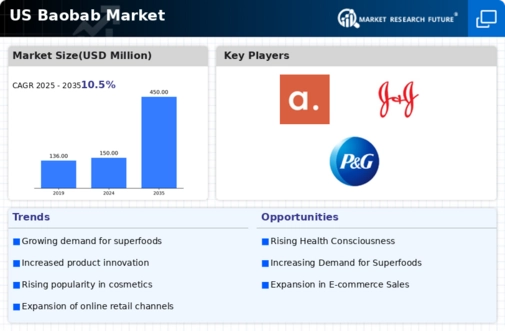
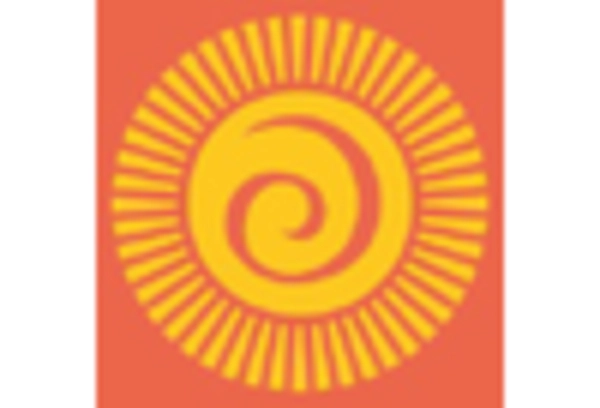
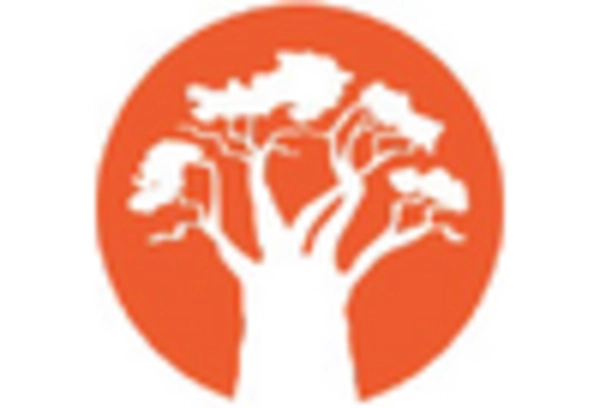
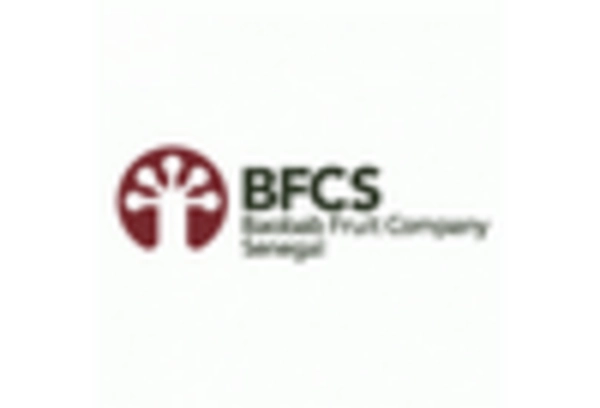
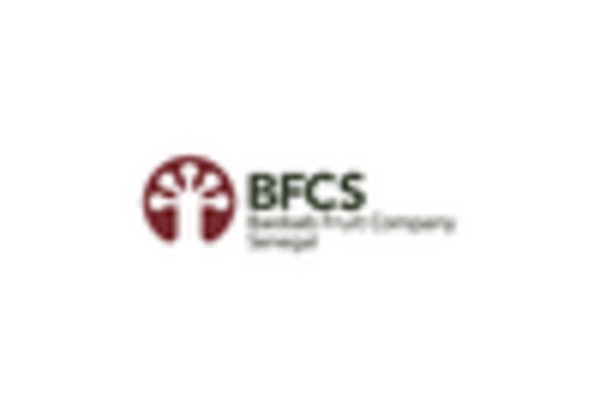
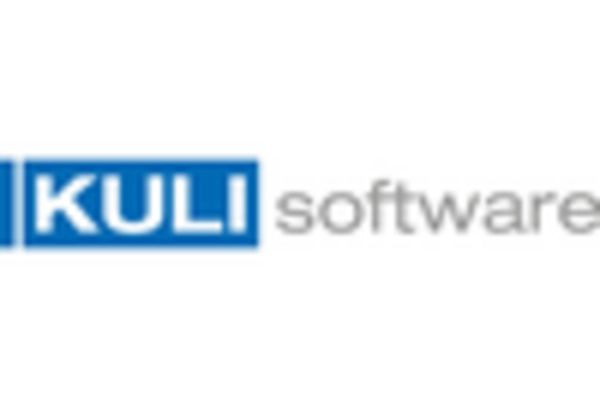
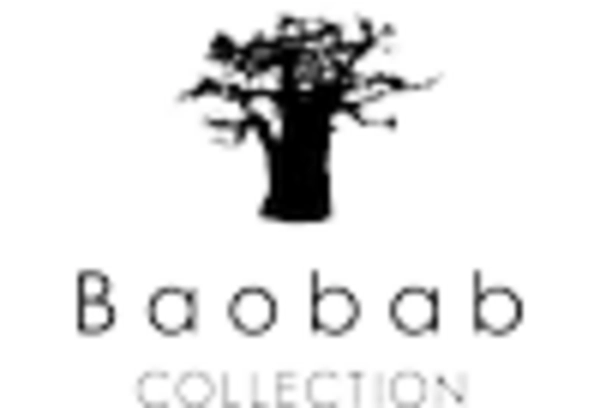








Leave a Comment